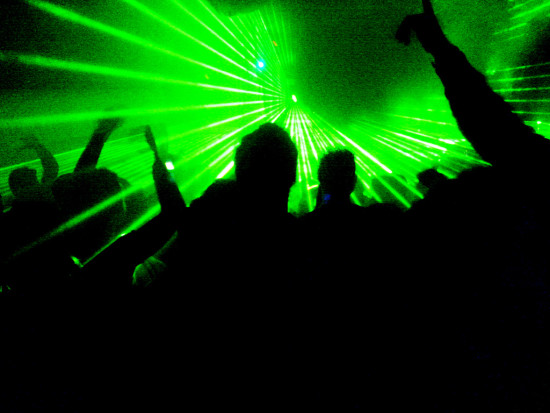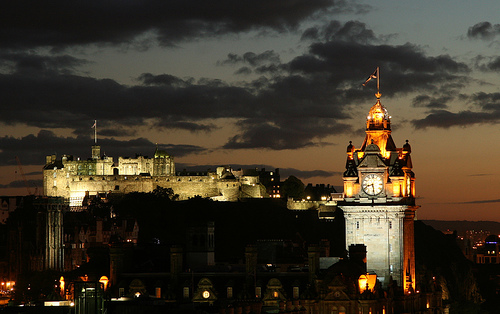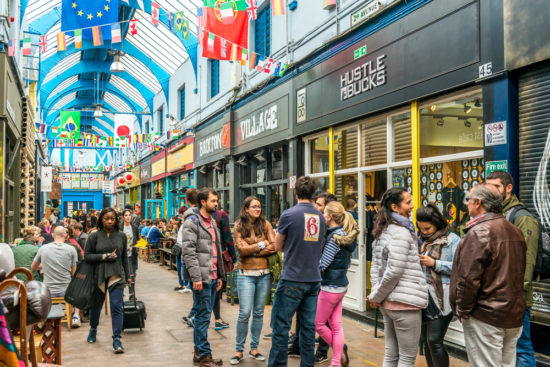Club drugs have become increasingly synthetic over the years, moving away from the traditional plant based substances. Since the 1980’s and 90’s there has been a general decrease in drug use in the UK across all forms of drugs.

However, in the late 00’s there was a significant increase in use of club drugs and so called legal highs. Much of this increase has been put down to the internet making it easier for manufacturers to source ingredients, find information and discover discarded patents from pharmaceutical companies. Supply has also increased internationally with the growing use of “Dark Web” services such as The Silk Road. In this guide we will look at some of the types of club drugs, their effects and what it means for the future of drugs in the UK.
What is a club drug?
Club drugs are Novel Psychoactive Substances (NPS). They are drugs that aren’t prohibited under the United Nations Single Convention on Narcotic Drugs or by the Misuse of Drugs Act 1971. Club drugs can be thought of as any readily available substance that is consumed by someone and is intended to have an intoxicating or psychedelic effect on the user. Predominately used in the club, dance and festival scenes. The term legal high is somewhat misleading though as some mixtures could contain both legal and illegal substances. Another issue with legal highs is that for many young people the term legal high means that the substance has been approved which is far from true. John Moore from CapialAlist commented, “our research has found 58% of clubbers are taking ‘legal highs’ over illegal club drugs which used to be dominant”
Club drugs first gained prominence in the 1990’s when plant based drugs such as Salvia and Morning Glory were marketed as ‘herbal highs’, giving the user a natural path to intoxication. Many of these drugs have since been controlled but with the turn of the century new types of substances started to appear on the market.
Types of Club Drug
NPS drugs fall into three main categories. These are:
Synthetic Cannabinoids – These drugs don’t have any relation to the cannabis plant but the substances contained in them have similar effects on the brain. Marketed under such names as: Clockwork Orange, and Exodus Damnation.
The active substance in cannabis is tetrahydrocannabinol (THC). Synthetic cannabinoids look to simulate the effect THC has. Cannabis’s typical effects include: feelings of happiness and relaxation sometimes to the point of drowsiness, an increased appreciation for humour and music and stress reduction. Often people feel hungry and become more talkative. In large doses THC can cause visual hallucinations. Some of the negative effects of THC are an increased sense of paranoia, feelings of anxiety and sometimes can induce panic attacks.
Synthetic cannabinoids will often be much stronger than typical cannabis leading to more intense feelings and reactions. In their pure form synthetic cannabinoids are found as solids or oils but are often mixed with herbs or other organic matter to produce a mixture that can be smoked.
Stimulant Type Drugs – These drugs are more akin to amphetamines and MDMA. They include Benzylpiperazine (BZP), mephedrone, NRG-1 and Benzo Fury.
These stimulant type drugs are designed to mimic the effects of drugs such as ecstasy and speed. Being a stimulant some of the effects include: feelings of euphoria, an increased sense of alertness and being full of energy. They tend to supress hunger and tiredness. Often people have hangover type symptoms for up to 24 hrs after taking the substance. This may include vomiting, diarrhoea, and stomach pain, feelings of depression and anxiety and in more serious cases, irregular heart rhythms and fits. These drugs often increase heart rate and blood pressure so can become fatal in someone with an existing condition. Stimulant type drugs are often found in pill form to be ingested or powdered form for smoking or insufflation (snorting).
Hallucinogenic – These drugs are designed to give similar effects to LSD and Ketamine they found under such names as 25i-NBOMe, Bromo-Dragonfly and metoxetamine.
Hallucinogens such as LSD have been used in the club and party scene since the 1960’s. Modern club drug alternatives aim for the same effects such as auditory and visual hallucinations, altered perception and feelings of euphoria and warmth. Some drugs have a dissociative effect whereby you feel detached from your body. Negative effects include confusion, panic attacks and can make you behave erratically and dangerously. Hallucinogens are often found in powdered form and blotters similar to LSD
The Future of Club Drugs
As more and more cases of fatality due to the use of club drugs are reported, authorities are starting to clamp down on the production and supply of these “legal highs”. Many of the chemicals found within them are becoming categorised under the misuse of drugs act and use and supply of them is becoming illegal. In the future drugs are likely to be increasingly synthetic as the natural sources are outlawed.
Where the UK and USA is starting to clamp down on certain drugs, many more remain legal and available in so called ‘head’ shops. In October 2014 the UK government announced that it had accepted recommendation from a panel of experts to place a blanket ban on import, supply and distribution or any psychoactive substance. This recommendation follows the Irish government where there is a ban in place which has caused widespread closure of head shops. Although closure of these shops will likely decrease the amount of casual drug use, there will always be a demand for mind altering substances and the supply of these drugs will increasingly be found online.
New Zealand has another approach to the subject and that is legislation and regulation for the industry. Suppliers will need to apply for a license to sell the drugs and will need to prove that the drugs they sell are of low risk of harm. This will shift the responsibility from the consumer to the manufacturers and suppliers to make sure they are making drugs that are safe for human consumption.
Whichever side of the argument you fall on, there is no doubt that drugs are here to stay. Whether a blanket ban or regulation is the answer remains to be seen.


